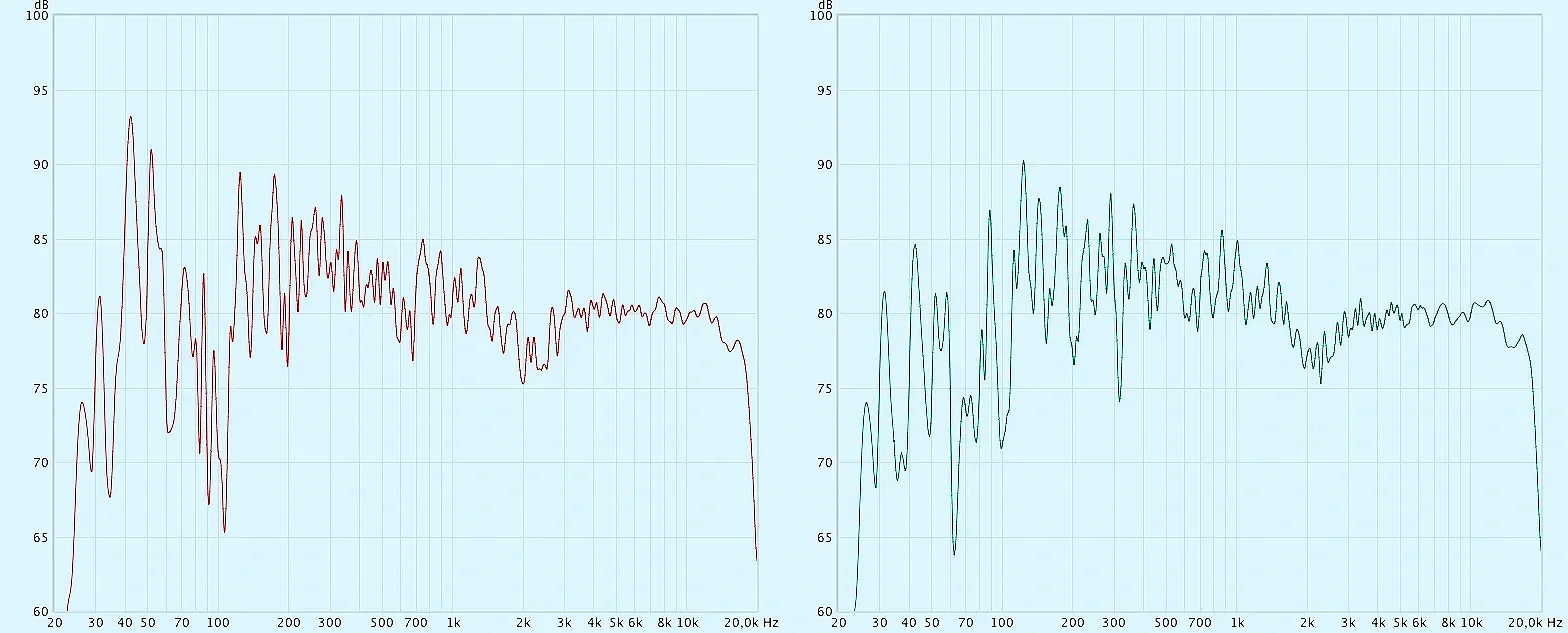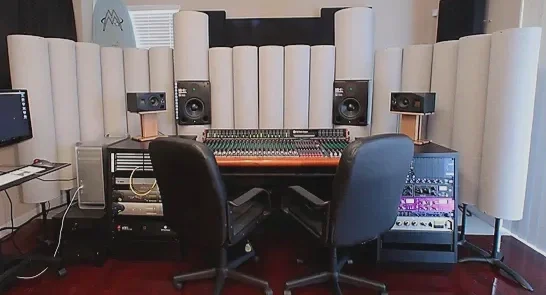Your Room Sounds Like Crap (and It’s Not Your Fault)
It’s Not Your Ears. It’s the Room
You spent five grand on monitors. Another few on outboard toys. And yet every time you play your mix in the car, it sounds like hot trash.
Here’s the harsh truth: your speakers aren’t the problem. Your room is lying to you.
Even great engineers make bad calls when their space is working against them. You can’t EQ your way out of bad acoustics. The good news? You can fix it — without a PhD or a million-dollar control room.
The Ugly Truth: Your Room Is a Liar
Small rooms are acoustic nightmares. Walls reflect sound back at you milliseconds after it leaves the speakers, creating phase chaos that your brain can’t untangle.
Reflections smear your stereo image.
Standing waves make bass sound huge in one spot and disappear in another.
Untreated walls cause harshness and comb filtering that make you doubt your entire life’s work.
You’re not mixing music — you’re mixing your drywall.
Even the best monitors can’t tell the truth if your room is full of acoustic lies.
2. Why It’s Not Your Fault
Most project and home studios were never designed for critical listening. Spare bedrooms, basements, and garages were built for storage, not sound.
The industry doesn’t help either. Every manufacturer claims their new monitors will “translate perfectly in any room.” Spoiler: physics doesn’t care about marketing.
So if your mixes fall apart outside your studio, relax. You’re not bad at mixing — you’re just making decisions based on bad information.
3. Why Expensive Gear Won’t Save You
Stop the gear spiral for a second. You don’t need another EQ plugin or “vintage-style” preamp. You need the truth — and that starts with your space.
You can’t polish what you can’t hear. When your monitoring environment is accurate, every decision — compression, panning, EQ, reverb — gets easier. You’ll mix faster, more confidently, and with fewer revisions.
You don’t need better gear. You need better honesty from your room.
4.The Fix: Smart Acoustic Design, Not Fancy Gear
You don’t need to gut your studio. You just need to work smarter. Start here:
1. Speaker Placement
Distance from walls, symmetry, and height matter more than brand names. Your speakers and your walls are in a constant fistfight — give them room to breathe.
2. Acoustic Treatment
Focus on bass traps in corners, absorption at first reflection points, and a balanced combination of diffusion and absorption. Skip the cheap foam gimmicks — it’s about physics, not aesthetics.
3. Calibration
Use real measurement tools like Rational Acoustics SMAART, Trinnov, or Lab.Gruppen Lake Processors to analyze and calibrate your system. These are the same tools used in world-class control rooms and live venues to reveal what your room is really doing.
Before you buy another compressor, maybe buy some insulation — and learn how to use a proper analyzer.
5. Real-World Example: The 10-Minute Wake-Up Call
Grab an RTA mic, open your analyzer, and run some pink noise into the room. You’ll see peaks, nulls, and dips all over the place — that’s your room’s fingerprint.
Once you treat and calibrate, those wild swings smooth out. Suddenly, your bass sits right. Your top end stops stabbing your ears. Your mixes start translating.
It’s not voodoo — it’s visibility.
6. Quick Fix Checklist: Room Rehab 101
✅ Check speaker symmetry
✅ Identify and treat first reflection points
✅ Add bass traps in every vertical corner
✅ Measure your frequency response
✅ Use SMAART, Trinnov, or Lake to tune the system
✅ Calibrate your monitoring level
✅ Stop mixing at whisper volume — your ears need reference level context
7. Stop Blaming Your Mix — Start Blaming Your Walls
You don’t need golden ears or a $100K console. You just need your room to tell you the truth. Once it does, your gear finally performs the way it’s supposed to.
When your room stops lying, your mixes stop sucking.
The difference between an amateur mix and a pro one isn’t always skill — it’s environment. So grab a measurement mic, roll up your sleeves, and make your space work for you instead of against you.
8. Show Us Your Room
Think your setup’s solid? Prove it.
Tag @f.u.audio on Instagram with a photo of your control room and the hashtag #RoomRehab — we’ll feature the boldest before-and-after transformations.
Because nothing says “I take sound seriously” like fixing the space that actually shapes it.





